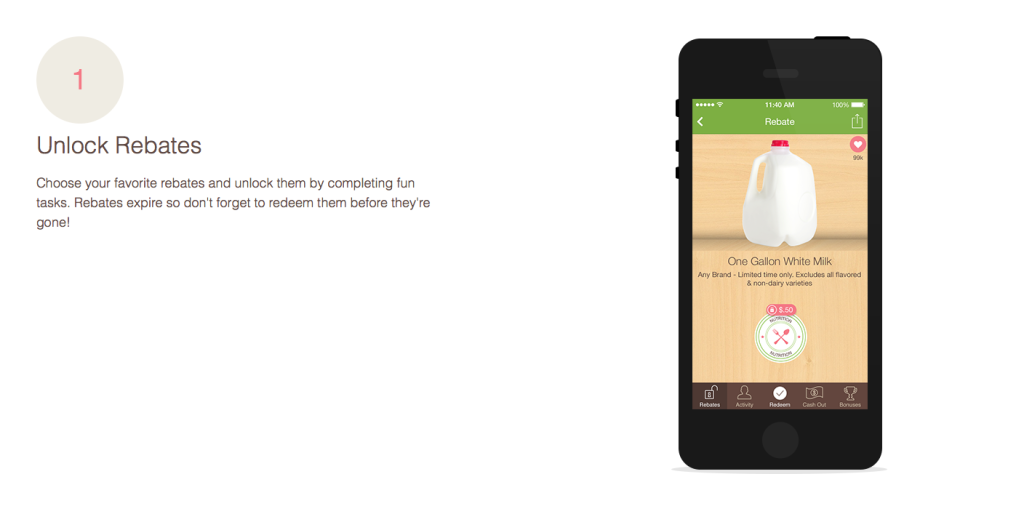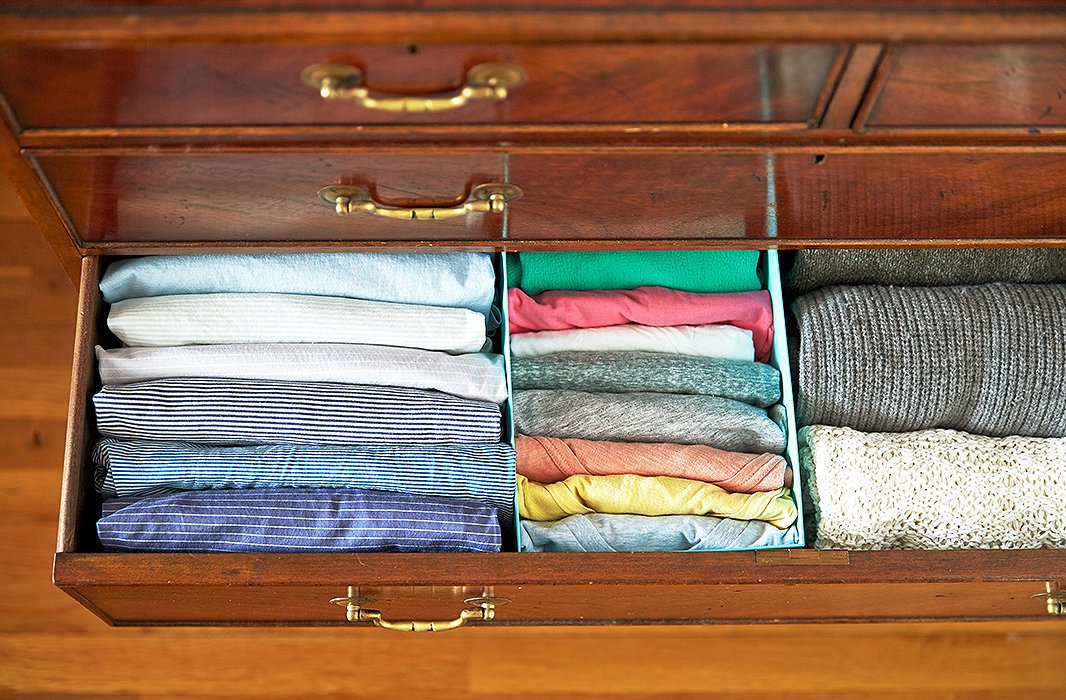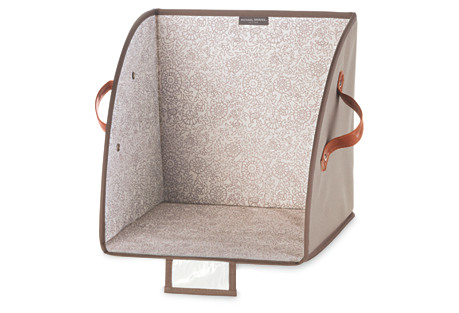5 Ridiculous (but effective) Ways to Save On Your Groceries
Listen, even if you’re not one of those crazy coupon ladies that you see on TLC, you should still be saving a lot more on your groceries than you already are.
I’m not saying you need to hoard 455 rolls of toilet paper or that you need to spend hours comparing sales ads, but there are a few weird (and easy) things you can do to save some money on your grocery bill.
Here are 5 ridiculous ways to save on your groceries…
1. Take a Picture of Your Receipts
Yeah, did you know that you can get cash-back on your groceries just for taking a picture of your receipt? The very popular website and mobile app, Ibotta will pay you to do just that. Here’s how it works….
1. Sign up for Ibotta here (you just need a name/email address to start).
2. Browse through the cash-back offers in your area and take note the next time you go to the grocery store (the offers change every week). For example, in my area Ibotta will give me .50 if I take a picture of a receipt showing that I bought a gallon of milk and a $1.00 if I take a picture showing that I bought graham crackers. Pretty cool, right?
3. So, obviously you don’t want to buy a bunch of crap you weren’t already going to buy. But, this can be an easy way to get a little cash-back for doing something you were already going to do. Also, you can still use coupons on the items you’re buying, so this can be a nifty way to “stack” your savings and in some cases, you might be able to get the item for free.
4. Once you’ve reached $5 earnings or more, you can request payment via Paypal or Venmo.
5. If you like doing this kind of thing, I’d also check out Checkout51 as it’s very similar (although you don’t have to have a smartphone to use them). Heck, sign up for both and you might be able to get cash-back on your receipt twice. 
 2. Scan The Groceries When You Get Home
2. Scan The Groceries When You Get Home
Did you know that the Nielsen company will pay you to scan your groceries each week? Crazy, right?
Once you sign up to become a Nielsen Consumer Panel family, the company will send you a free scanner (like the one pictured to the left) or you can use your smartphone. Every time you go shopping, you simply scan the barcodes on the back of each product and send your data off to NCP. Pretty easy, huh?
If you want to give it a try, you can fill out an application here.
As an active participant, you earn gift points which you can redeem for different types of merchandise. You can choose electronics, jewelry, household items, and even toys for the kids. The longer you stay on the panel, the more opportunity you have to earn points towards prizes.
You also receive entries for the panel’s many sweepstakes. Prizes include money, vacations, and brand new vehicles. This is a great way to make your consumer voice count and be rewarded handsomely for recording your purchases. You’re already going to the grocery store anyway, right?
 3. Get Paid Extra to Use Your Coupons
3. Get Paid Extra to Use Your Coupons
The company, InboxDollars will actually pay you to print and use the coupons they offer on their website. Here’s how it works…
1. Sign up for a free account with InboxDollars (just need a name & email address). Plus, they give you $5 free since I referred you.
2. Navigate to the “Coupons” section. There you will find dozens of high-value coupons for everyday items like cereal and toilet paper. Select the ones you want, print them out, and use them in your store like a regular coupon. But here’s the kicker —- InboxDollars will pay you ten cents for every coupon you use.
Now, that might not sound like a lot of money, but I’m going to let you in on a little secret. Most of the coupons that you can print on their site are the same coupons you find in your Sunday newspaper or on Coupons.com. They’re actually put out by the same people.  So, it’s free cash for coupons you’re probably already clipping. And all those dimes start to add up after awhile…
So, it’s free cash for coupons you’re probably already clipping. And all those dimes start to add up after awhile…
 4. Stop Paying for a Costco/BJ’s/Sam’s Club Membership
4. Stop Paying for a Costco/BJ’s/Sam’s Club Membership
At around $50/year, a saving’s club membership can be a pricey way to buy groceries in bulk. Instead of schlepping down to the store, try buying your bulk items online on Amazon Grocery. Not only will you save $50/year in membership fees, but Amazon will ship most things to you for free.
Also, do you know about these Amazon-only coupons that are posted each week? For example, this week there are coupons on formula, granola bars, K-cups, and more. Just click the coupons you want and Amazon will automatically deduct them from your bill before you checkout.
 5. Get 2% Back on All of Your Grocery Store Purchases
5. Get 2% Back on All of Your Grocery Store Purchases
If you’re not using a rewards card for your grocery purchases, you’re really just leaving free money on the table. One of my favorite reward cards is the Barclaycard® Rewards MasterCard® – Average Credit. They give you a whopping 2 points for every dollar worth of groceries, gas and utilities you put on the card each month!
Plus, they give you 1 point for every other dollar you spend. And there’s no annual fee with this card, meaning if you paying off it in full each month, it really will cost you nothing to have this card. And the points can be converted to cash (1000 points = $10)
Consider this – the average family spends $1024.70/month on groceries, $368/month on gasoline and $163/month on utilities. If you can commit to just putting those purchases on your card, you could pocket an extra $31.11 every month.
Also, this is a pretty easy card to qualify for (it’s marked as average credit).
Your Turn: Would you use any of these unusual ways to save a little extra on your groceries?
Good luck Penny Hoarders!
















